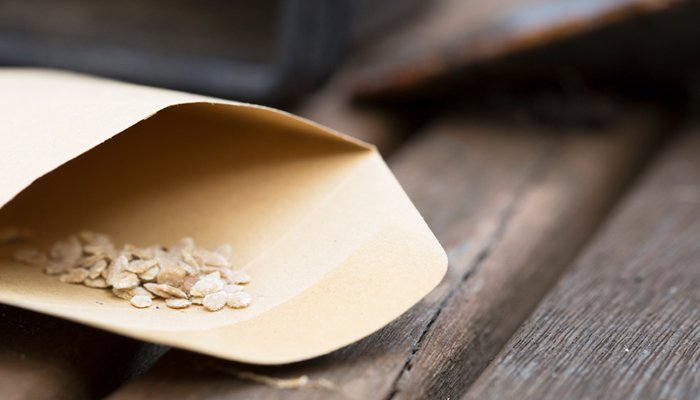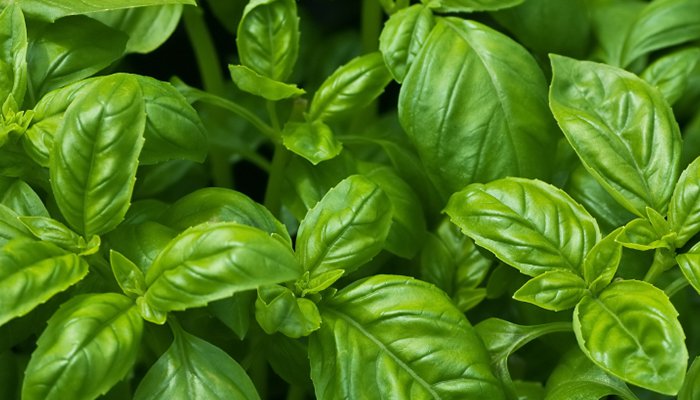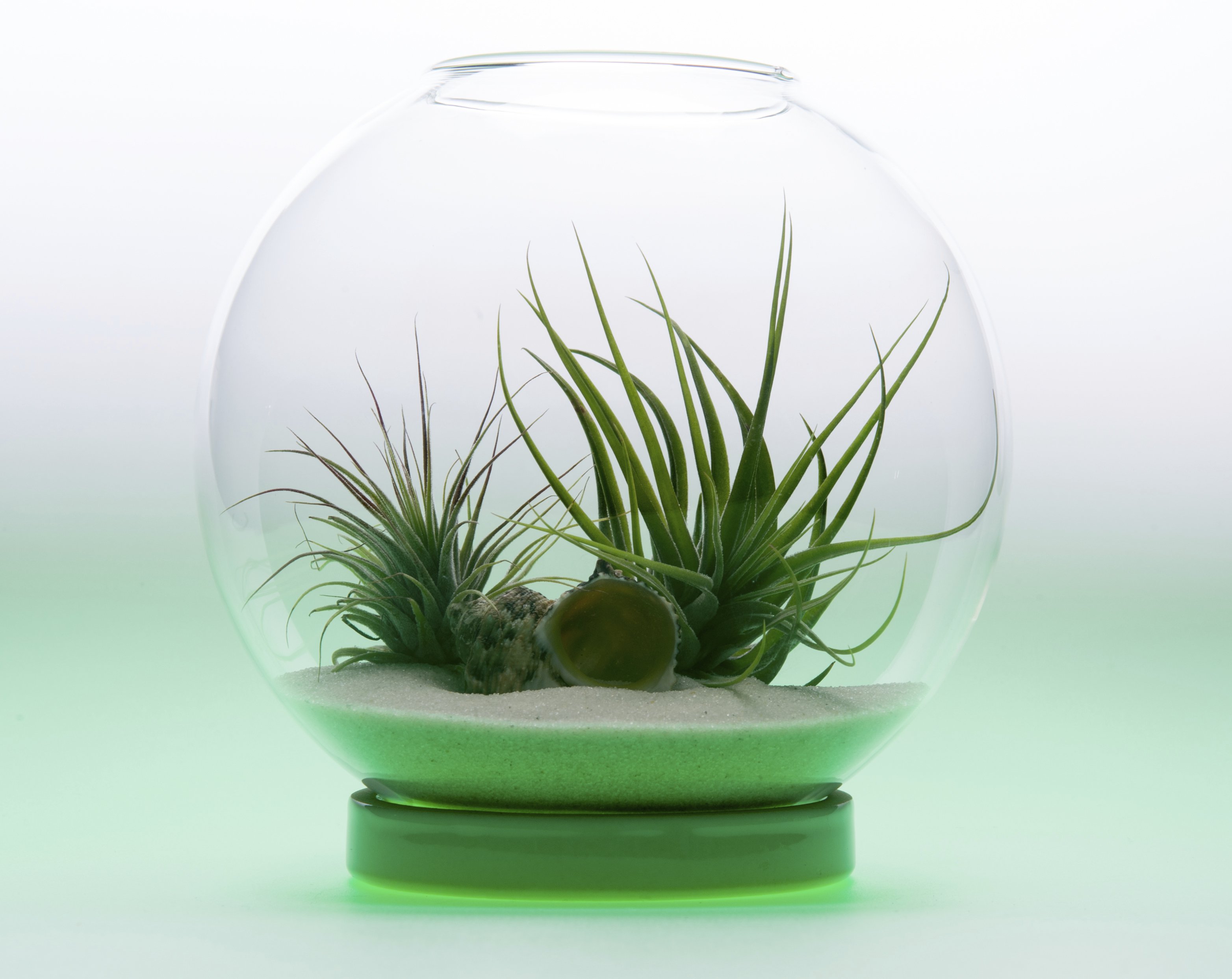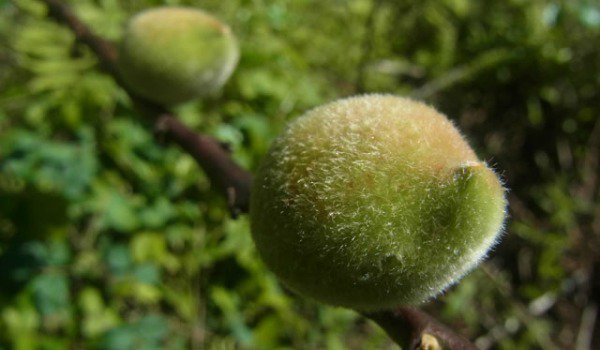It’s the time of the year when you are getting all the harvesting done from your garden. You have worked all summer to bring in those beautiful garden foods. You have had a spring and summer full of work and effort to harvest fresh vegetables, fruits and herbs that taste even better because you grew them yourself. You may even have a few fall crops waiting in the wings for a late harvest.
However, you may be wondering what is going to happen to that garden spot over the winter. Letting it just sit and grow over seems wasteful when just a little work can prepare the soil in advance for next spring. Learning how to improve soil during the fall months is simple. Here are some tips for getting ready now for the next growing season.
- Compost: Using compost during the fall is easily the one best thing you can do to improve the quality of your soil. The benefits of compost are immense. For one, compost helps the soil conserve water by preventing run off, and it increases the nutrient value of the soil. Using compost also reduces the need for commercial fertilizers by encouraging healthy root structure and beneficial nutrients and microbes. You can easily make your own by constructing a simple structure out of chicken wire and stakes. You need a way for air to circulate, and you need to be able to turn the compost to allow the bacteria and microbes to break down the material. Use a mixture of green and brown plant matter to create a good balance. Brown plant matter is things like wood chips, shredded newspaper and paper bags and dry leaves. Green plant matter is things such as kitchen scraps and grass and hedge clippings. Alternate adding these and turn the mixture often. Avoid meat, fish and dairy if you are doing outdoor composting as it attracts animals and pests.
- Organic material: Raw organic material can be a great way to increase the potential of your soil during the fall months. A covering of dry leaves that have been sent through the chipper or just run over with the mower can help the soil use the compost you already incorporated into the soil more efficiently. Animal manure is also a good raw organic material to use and since it is going to sit fallow all winter, it doesn’t matter if it is fresh or aged. Do not use dog or cat manure though. Since the soil uses nitrogen to break down organic matter, if you don’t use nitrogen rich animal manure you will need to add a nitrogen rich granular fertilizer.
- Organic Supplements: The final thing you can do to increase the quality of your soil is to add organic supplements such as bone meal, kelp meal or greensand. These additives will be an added bonus to the compost and organic material.
When spring comes around again, your soil will be in top-notch shape to grow a new harvest of crops. Knowing how to improve your soil during the fall months gets you one step ahead and ready to have a bumper crop next year.
Do you have any tips to help improve soil over the fall months?











